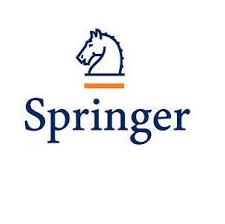5 Conclusions
According to the study above, if simply consideration of effect of ground treatment, the suggestion to determine the range of improvement zone is that to assume the treated depth, which not more than depth of liquefiable soils, and then to decide the smallest treated width satisfied with design treated strength and vertical displacement, which not less than zero in the bottom of improvement zone. If consideration of adopting ground treatment to increase soil shear resistance in order to avoid shear failure of existing piles, the suggestion is that to determine design demands in terms of treated depth and treated strength, then to decide treated width of the improvement zone incorporating with the control of allowable lateral displacement of pile. Besides, it is need to recheck vertical displacement such that it is no less than zero. Although the effect of ground treatment in resistance of displacement is effective, but the corresponding cost is significant, most of the time the ground treatment countermeasure is not agreed by the client. Unless the other retrofitting measures are not working, the ground treatment would be limited to unformed countermeasure, and it is an inevitable problem in construction practice.








